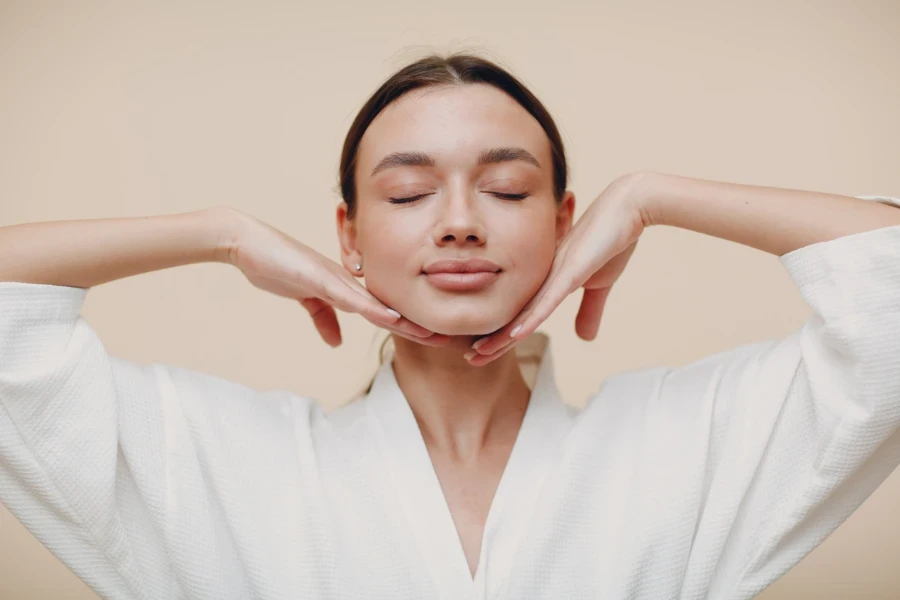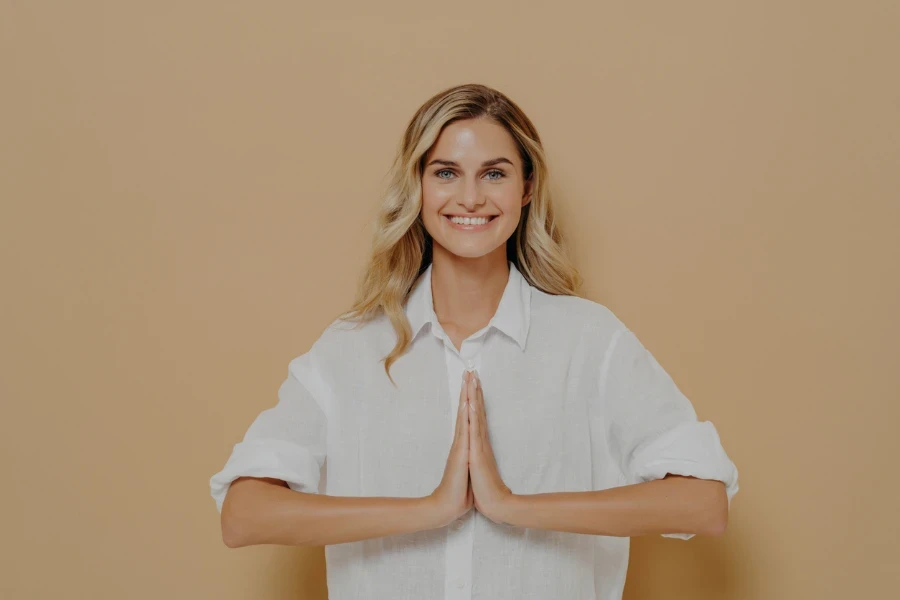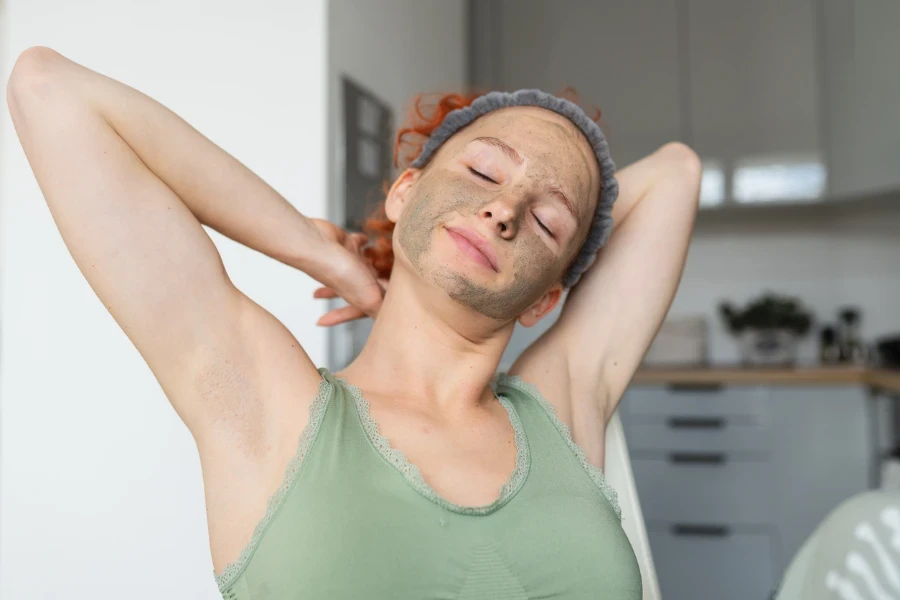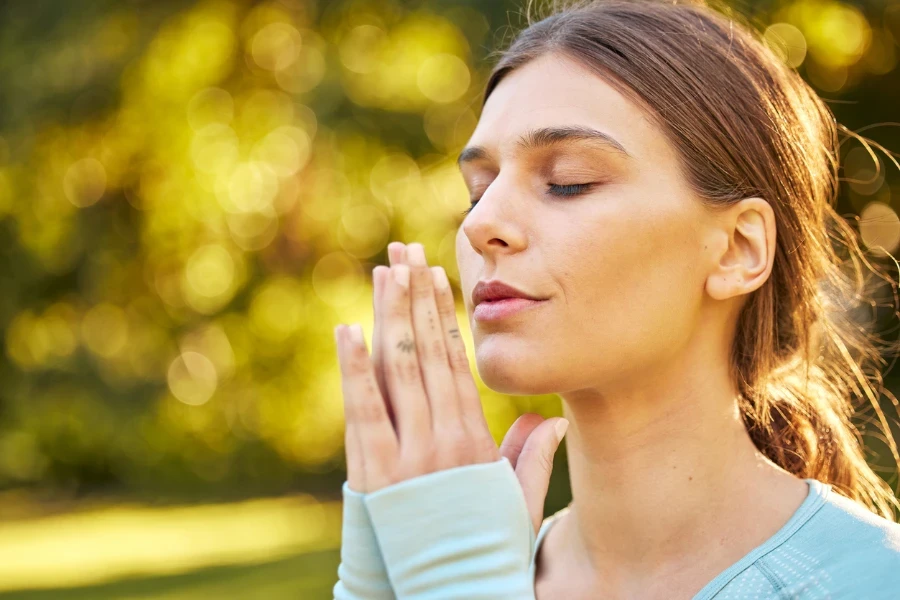In recent years, face yoga has emerged as a groundbreaking approach to natural beauty, blending the ancient wisdom of yoga with modern understanding of facial anatomy. This practice consists of various exercises designed to promote a more youthful and vibrant appearance. But what exactly is face yoga, and how can it benefit you? Through a series of carefully curated sections, we’ll explore the core aspects of face yoga, from its foundational principles to practical tips for incorporating it into your daily routine.
Table of Contents:
– What is face yoga and how does it work?
– The science behind face yoga
– Key exercises to get started
– Integrating face yoga into your daily routine
– Measuring the results of your face yoga journey
What is face yoga and how does it work?

Face yoga is a series of exercises that target the muscles, skin, and lymphatic system of the face and neck. By engaging in specific movements, users can stimulate blood flow, improve lymphatic drainage, and tone the muscles beneath the skin. This can lead to a reduction in the appearance of wrinkles, a more defined facial structure, and an overall more radiant complexion.
The practice of face yoga is rooted in the belief that just like any other part of the body, the face benefits from regular exercise. The facial muscles are no different from the muscles elsewhere in your body; they can be trained and strengthened. Regular practice can help maintain muscle tone as we age, potentially delaying the onset of sagging skin and wrinkles.
The science behind face yoga

Skeptics may wonder about the scientific backing of face yoga. Recent studies have begun to shed light on its efficacy. Research indicates that consistent face yoga exercises can lead to an improvement in the structural appearance of the face, making practitioners look younger. These exercises work by promoting circulation, enhancing oxygen supply, and facilitating the removal of toxins through lymphatic drainage.
Moreover, the practice of face yoga also taps into the benefits of stress reduction. Stress can have a pronounced effect on one’s appearance, contributing to premature aging. Face yoga’s meditative, mindful exercise routines can help reduce stress, which in turn may decrease the impact of age-accelerating stressors on the face.
Key exercises to get started

Getting started with face yoga doesn’t require any special equipment, making it accessible to everyone. Here are three simple exercises to begin with:
1. **The Brow Smoother**: Aimed at reducing forehead wrinkles, this exercise involves placing both hands on the forehead, spreading the fingers out between the hairline and eyebrows. Gently sweep the fingers outwards across the forehead, applying light pressure to tighten the skin.
2. **The Cheek Lifter**: This exercise targets sagging cheeks and helps to build muscle tone. Open your mouth to form an “O”, and position your upper lip over the teeth. Smile to lift the cheek muscles, then place your fingers lightly on the top part of the cheeks. Release and repeat to lift and tone the cheeks.
3. **The Jaw and Neck Firmer**: Designed to tone the jawline and alleviate tension in the neck, this exercise involves tilting the head back to look at the ceiling while keeping the lips closed and relaxed. Then, pretend to chew gum in a slow, deliberate motion. This helps strengthen the muscles in the jaw and neck.
Integrating face yoga into your daily routine

Incorporating face yoga into your daily routine is straightforward. Dedicate about 10-15 minutes a day to performing your chosen exercises. Consistency is key to seeing results. You can practice in the morning to kickstart your day or in the evening as a relaxing ritual before bed.
Remember, face yoga is not just about the exercises; it’s also about mindfulness and taking time for self-care. Pay attention to your breath as you perform each exercise, and use this time to connect with yourself. Over time, face yoga can become a cherished part of your daily wellness routine.
Measuring the results of your face yoga journey

Tracking the impact of face yoga can be both exciting and motivating. Take a photo of your face before you start your face yoga journey, and then take subsequent photos every few weeks to document your progress. Look for visible changes in the tone and texture of your skin, the definition of your facial features, and any reduction in the appearance of wrinkles.
Patience is essential, as the effects of face yoga accumulate gradually over time. Most practitioners report noticing changes within a few weeks to months. Remember, the journey to natural rejuvenation is as much about the process as it is about the results.
Conclusion:
Face yoga offers a holistic and natural approach to maintaining a youthful appearance. It’s a practice that not only promises aesthetic benefits but also encourages a deeper connection with oneself. By integrating face yoga into your daily routine, you embark on a journey of self-care that transcends mere vanity, fostering a sense of well-being that radiates from the inside out. As with any journey, the key to success lies in consistency and patience.




